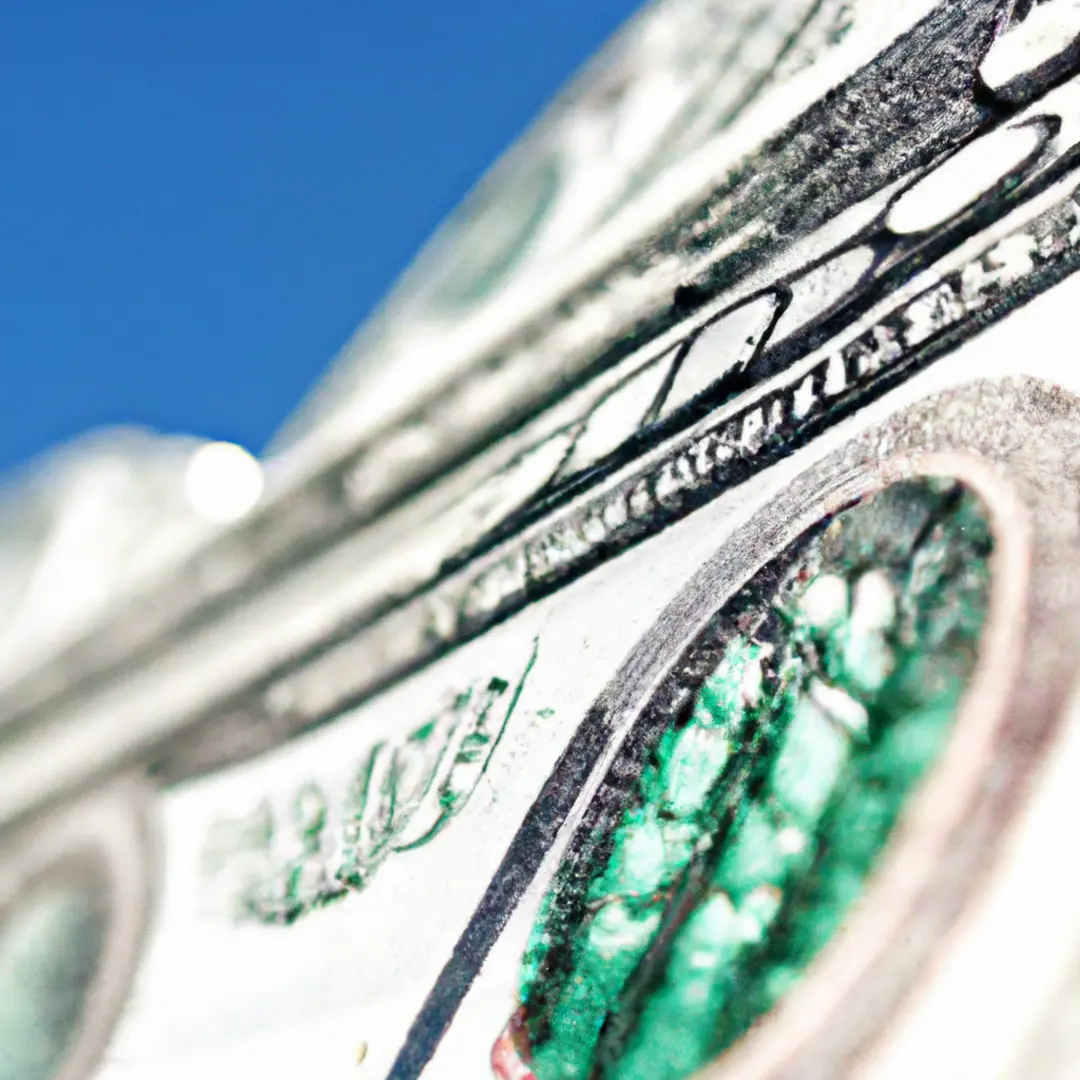What is Subscriber Acquisition Cost (SAC)?
Table of contents
- Decoding Subscriber Acquisition Cost (SAC)
- Breaking Down Components of SAC
- Decoding SAC Calculation
- SAC’s Vital Role in Business Growth and Profitability
- Ways to Reduce Subscriber Acquisition Cost
- Illustrating SAC Through Case Studies
- How SAC Compares with Other Performance Metrics
- Challenges in Measuring and Managing SAC
- Best Practices for Managing SAC
- Future Trends in Subscriber Acquisition
- Wrapping Up
Decoding Subscriber Acquisition Cost (SAC)

Have you ever wondered how much a business spends to get you as a customer or subscriber? This monetary value is called Subscriber Acquisition Cost (SAC). It’s the total sum of all the marketing and advertising expenses used to draw you in and turn you into a paying customer.
What SAC Means in Simpler Terms
Imagine going to a carnival and seeing one of those enticing hoop-la game stands. You want to win that big fluffy bunny lodged at the top, so you spend on a few hoops to try your luck. The money you spend here is like your SAC—how much you’re willing to spend to ‘acquire’ the bunny or in the business sense, a customer.
How SAC Varies Across Sectors
The cost of attracting you as a customer can greatly differ based on the industry, competition level, the product/service being offered, and the target audience. That’s why knowing the general ‘going rate’ or industry benchmark for SAC can be so valuable. It allows businesses to gauge whether they’re overspending or under-investing to get new customers.
The Key Role of SAC in Business
Measuring SAC is not just for the numbers game. It’s a valuable indicator of the efficiency and effectiveness of a company’s marketing and sales strategies. By monitoring and managing SAC, businesses can drive growth, improve profitability, and make strategic decisions based on concrete data.
Breaking Down Components of SAC

SAC is made up of various cost components. Let’s dive into them.
Marketing and Advertising Expenditures
- Yes, those eye-catching digital ads you see when you browse the web.
- The social media promotions that pop up on your feed and stories.
- And don’t forget the targeted and cleverly-timed email campaigns.
Investment on Sales Team
- The people who make the sales magic happen, their salaries, and commissions.
- The training and development programs to ensure they’re skilled and efficient.
- Also included are the lead generation tools and software they use to bring in potential customers.
Technology and Infrastructure Outlays
- CRM (Customer Relationship Management) systems that help manage their sales processes and customer interactions.
- Website hosting and maintenance to ensure you have a great online customer experience.
- And the data analytics tools that help them understand customer behavior and preferences better.
Product Demonstrations and Sampling
- Free trials that let you experience the product/service first-hand.
- Sample products that they dispatch to your home or office.
- Events and trade shows where they showcase their offerings.
Decoding SAC Calculation

Ever wondered how businesses calculate SAC? It’s a simple formula:
SAC Formula
The total SAC is divided by the number of new customers or subscribers acquired within a certain timeframe.
SAC = Total Acquisition Expenses / Number of New Subscribers
Factors Influencing SAC
A few factors can influence this calculation. For instance, the cost of different customer channels can impact the total expenses. The average conversion rates and duration of the acquisition campaign also play a part.
SAC Calculation in Practice
For example, suppose a company spent $10,000 on various acquisition efforts and gained 100 new subscribers. The SAC in this case would come out as $100.
SAC’s Vital Role in Business Growth and Profitability

How SAC Influences Profit Margins
Ever wondered why businesses care so much about SAC? Well, it has a significant impact on their profit margins. An excessively high SAC will eat into profits rapidly, whereas a low SAC can enhance profitability and provide funds for reinvestment. This is why managing SAC effectively is crucial for businesses.
The Long-term View of SAC
While SAC involves upfront costs, successful customer acquisitions provide long-term benefits such as customer lifetime value (CLV) and customer loyalty, making the initial investment worth the cost.
Striking a Balance Between Value and Cost
The key to optimizing SAC involves striking the right balance between the cost of acquisition and the value a customer brings over their entire lifecycle. Businesses should always consider the CLV when assessing the worth of acquiring a new customer.
Ways to Reduce Subscriber Acquisition Cost
Are there any strategies businesses can use to reduce their acquisition costs? Absolutely! Here are a few:
Maximizing Marketing Strategies
Refining targeting techniques, capitalizing on social media platforms, and using data analytics to understand customer behavior can help optimize marketing strategies and reduce SAC.
Improving Conversion Rates
Boosting conversion rates through targeted messaging, personalized customer experiences, and seamless user journeys can also help to slash SAC. All this leads to acquiring more customers for a lower cost per conversion.
Automation and CRM Systems
Automation and CRM tools are great for streamlining processes, minimizing manual labor, and improving efficiency, thereby reducing the SAC.
Enhanced Customer Experience
Paying attention to customer satisfaction can pay off in the long run. High-quality customer experiences often lead to positive word-of-mouth, referrals, and organic growth, reducing the need for costly marketing campaigns.
Illustrating SAC Through Case Studies

Telecommunications Sector
In the highly competitive telecommunications sector, SAC often factors in the cost of device subsidies, advertising, and sales promotions. Companies in this sector spend big to lure customers.
Streaming Services
For streaming service providers, SAC not only includes marketing expenditures but also content acquisition and investment in technological infrastructure due to the unique nature of their product offering. These providers face the challenge of both acquiring new subscribers and retaining existing ones.
Software as a Service (SaaS) Models
SaaS companies often focus on acquiring subscribers through content marketing, freemium models and referral programs. In their case, SAC includes content creation, hosting, and support costs.
Subscription Box Companies
Companies providing subscription boxes rely heavily on marketing campaigns and discounts to lure subscribers. Their SAC commonly includes costs associated with product sourcing, packaging, shipping, and customer service.
How SAC Compares with Other Performance Metrics

Customer Acquisition Cost (CAC) vs. SAC
Although similar, CAC and SAC are not the same. While CAC focuses on the overall cost of acquiring customers, SAC zooms in specifically on acquisition costs related to subscriptions. Therefore, when SAC is specific to subscribers, CAC includes all customers.
SAC and Customer Lifetime Value (CLV)
SAC and CLV share an inverse relationship. As SAC decreases and CLV increases, businesses can enjoy higher returns on their customer acquisition investments.
Cost of Retention versus SAC
As SAC is all about the costs related to acquiring new subscribers, it might seem like the opposite of retention costs. However, both play a vital role in sustaining the growth of a business, and striking a balance between the two is key.
Analyzing SAC through Average Revenue Per User (ARPU)
ARPU can be a useful tool when assessing SAC. By comparing the average revenue generated per customer with the acquisition costs, businesses can determine the effectiveness of their acquisition expense strategies.
Challenges in Measuring and Managing SAC

Attribution in Multi-Channel Marketing
In today’s digital era, accurate measurement of SAC can prove challenging. Customers often interact with multiple marketing channels before ultimately converting, and attributing a monetary value to every interaction isn’t always straightforward. Creating a successful attribution model is key to determining an accurate SAC.
Adapting to Consumer Behavior and Trends
As consumer behaviors and preferences evolve, businesses must continually adapt their marketing strategies to keep their SACs at optimal levels.
The Impact of Competition on SAC
SAC can escalate significantly in the face of intense competition. Businesses need to stay ahead of their competitors by adopting innovative strategies and differentiating their brands to attract customers without incurring exorbitant costs.
Data Quality and Analytics Challenges
Effective management of SAC requires accurate data collection and analysis. Tricky issues related to data quality and complex analytics challenges can occasionally hinder accurate SAC calculation and need to be addressed.
Best Practices for Managing SAC

Strong Brand Presence
A unique and strong brand presence not only makes companies stand out from the crowd, it also instills customer trust, improves brand recognition and ultimately reduces SAC.
Targeting the Right Audience
Companies can lower their SAC by identifying and targeting high-value customers. By segmenting the market and crafting personalized messaging, businesses can acquire such customers cost-effectively.
Using Data-Driven Marketing Techniques
Data-driven marketing techniques such as A/B testing, customer segmentation and predictive analytics can greatly enhance marketing effectiveness, leading to reduced SAC.
Streamlining Sales Funnels and Customer Touchpoints
Streamlining the sales process, improving customer touchpoints and removing roadblocks, or friction points, can greatly enhance the efficiency of customer acquisition and reduce SAC.
Investing in Customer Relationship Management
A sound investment into a CRM system can drive down SAC. By effectively handling customer interactions, CRM systems can help to improve the overall ease of customer acquisition and retention.
Future Trends in Subscriber Acquisition

Impact of Machine Learning and AI
Emerging technologies such as machine learning and AI are opening up new methods to reduce SAC. These technologies can automate and optimize marketing campaigns, enabling businesses to deliver personalized experiences and attract customers at a reduced cost.
The Growing Importance of Personalization
Personalization is increasingly becoming a key factor in acquisition strategies. Tailored messaging, customized offers, and individual experiences increase customer engagement and help to minimize SAC.
New Marketing Channels and their SAC Implications
Emerging marketing mediums such as social media influencers, podcasts, and streaming platforms present opportunities and challenges in the quest to acquire subscribers cost-effectively. Strategically leveraging these channels can provide businesses with an edge in their efforts to minimize SAC.
The Impact of Regulatory Changes
Changes in regulations relating to data privacy, advertising practices and consumer protection can have a significant impact on subscriber acquisition strategies and their associated costs. Staying updated with these changes and adapting accordingly is an important part of effective SAC management.
Wrapping Up

The Essential Points on SAC
- The term SAC stands for the money spent by a company to gain a single customer or subscriber.
- Effective measurement and management of SAC is essential to optimize acquisition costs and propel business growth.
- Several strategies can be employed to reduce SAC such as optimizing marketing strategies, improving conversion rates, leveraging automation, and enhancing the customer experience.
The Importance of SAC Monitoring in Strategic Planning
Regularly monitoring SAC can help businesses maintain profitability, make well-informed decisions, and effectively allocate resources.
The Future of SAC Management
As the marketing landscape and consumer behaviors continue to evolve, businesses must stay informed about emerging trends and embrace new technologies and channels. They also need to place a high priority on personalization and customer-centric strategies to effectively manage SAC.



